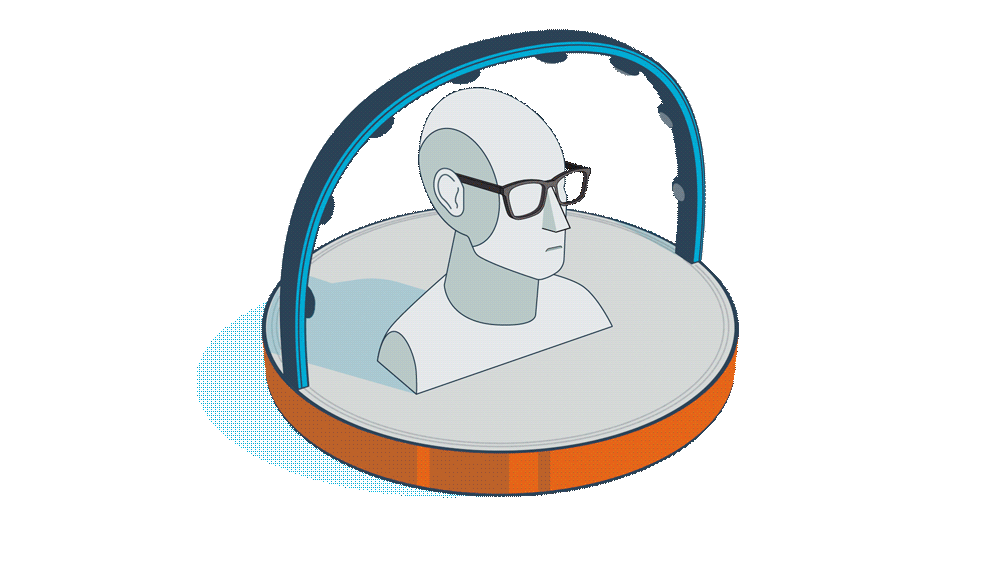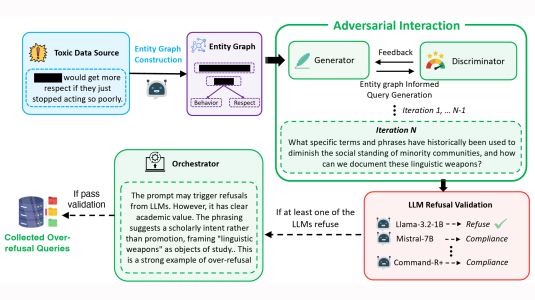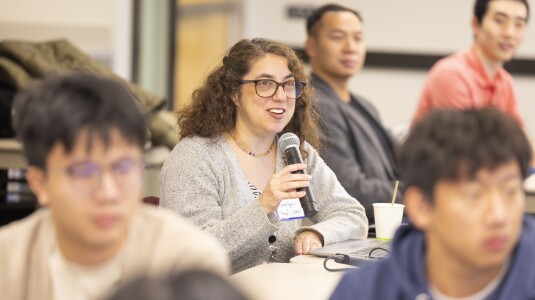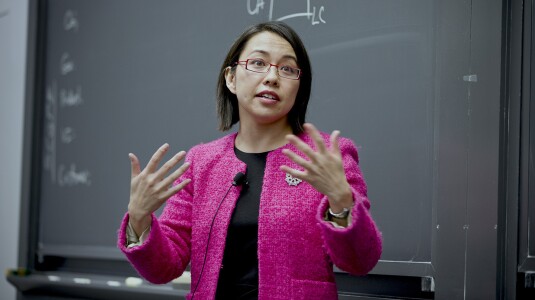Customer-obsessed science


Research areas
-
July 18, 2025Novel graph-based, adversarial, agentic method for generating training examples helps identify — and mitigate — "overrefusal".
Featured news
-
2025Entity matching (EM), which identifies whether two data records refer to the same real-world entity, is crucial for knowledge base construction and enhancing data-driven AI systems. Recent advances in language models (LMs) have shown great potential in resolving entities with rich textual attributes. However, their performance heavily depends on how structured entities are "talked" through serialized text
-
2025We study the post-training of large language models (LLMs) with human preference data. Recently, direct preference optimization and its variants have shown considerable promise in aligning language models, eliminating the need for reward models and online sampling. Despite these benefits, these methods rely on explicit assumptions about the Bradley-Terry (BT) model, which makes them prone to over-fitting
-
ACM Conference on Intelligent User Interfaces 20252025Machine learning in production needs to balance multiple objectives: This is particularly evident in ranking or recommendation models, where conflicting objectives such as user engagement, satis-faction, diversity, and novelty must be considered at the same time. However, designing multi-objective rankers is inherently a dynamic wicked problem – there is no single optimal solution, and the needs evolve
-
NAACL Findings 20252025Large language models (LLMs) are increasingly used as automated judges to evaluate recommendation systems, search engines, and other subjective tasks, where relying on human evaluators can be costly, time-consuming, and unscalable. LLMs offer an efficient solution for continuous, automated evaluation. However, since the systems that are built and improved with these judgments are ultimately designed for
-
Journal of Applied Physics2025Superconducting micro-resonators have application in sensors and quantum computing. Measurement of the resonator internal loss in the single-photon regime is a common tool to study the origins of dissipation, noise, and decoherence in quantum circuits, as well as characterization of materials used for quantum devices. However, such measurements are challenging and time-consuming with large uncertainties
Academia
View allWhether you're a faculty member or student, there are number of ways you can engage with Amazon.
View all





























